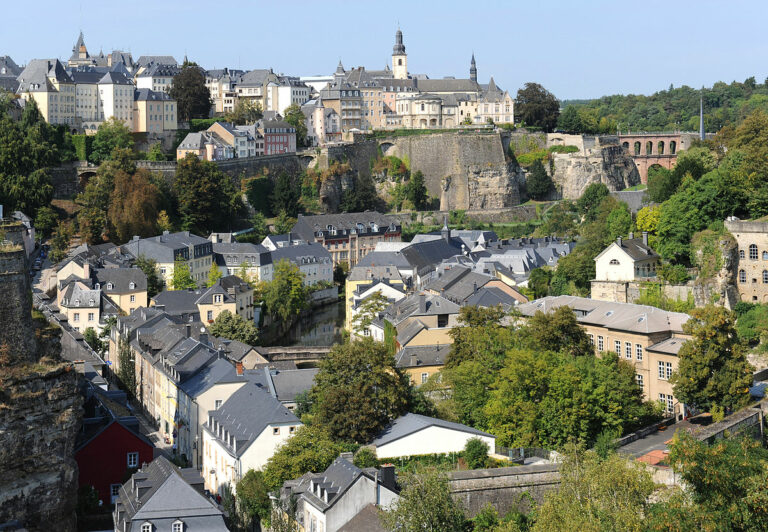Introduction: Luxembourg’s cuisine
Luxembourg’s cuisine is a unique blend of French and German influences, combined with traditional Luxembourgish recipes. Due to its location at the crossroads of Europe, Luxembourg has been influenced by many cultures throughout its history. Its cuisine reflects this diversity, with a mix of hearty meat dishes, fresh seafood, and delicious baked goods.
Historical landmarks and their significance
Luxembourg has a rich history, with many historical landmarks that provide a glimpse into its past. The city of Luxembourg, for example, is home to many medieval fortifications, including the Bock and the city walls. These fortifications were built during the 17th century to protect the city from invasion. The significance of these landmarks lies in their role in shaping the culture and cuisine of Luxembourg. The city walls, for example, were used to grow vegetables and herbs, which were an essential part of the local cuisine.
Influences from the Burgundian period
During the Burgundian period, Luxembourg was part of the Burgundian Netherlands, a region that included present-day Belgium, the Netherlands, and Luxembourg. This period saw the introduction of new ingredients and culinary techniques, including the use of butter, cream, and wine. The Burgundian influence can still be seen in many traditional Luxembourgish dishes, such as judd mat gaardebounen (smoked pork with broad beans) and kachkeis (melted cheese).
The impact of German and French occupation
Luxembourg was occupied by Germany during both World Wars, and by France during the Napoleonic era. These occupations had a significant impact on the country’s cuisine, with German and French influences evident in many dishes. German influences include the use of sausages and potatoes, while French influences can be seen in the use of wine and herbs.
The role of agriculture in Luxembourg’s cuisine
Agriculture has always been an essential part of Luxembourg’s economy, and it continues to shape the country’s cuisine. Local ingredients such as potatoes, onions, and dairy products are used in many traditional dishes. Luxembourg is also known for its excellent wines, particularly its white wines, which are made from grapes grown in the Moselle Valley.
Traditional dishes and their roots in history
Many traditional Luxembourgish dishes have their roots in the country’s history and culture. Bouneschlupp, for example, is a traditional Luxembourgish soup made with beans, potatoes, and bacon. This dish was originally a poor man’s meal, but it has since become a popular comfort food. Another traditional dish is kniddelen, a type of potato dumpling that is served with bacon and cream sauce. This dish is believed to have originated in the 18th century and has remained a favorite of Luxembourgish cuisine ever since.

